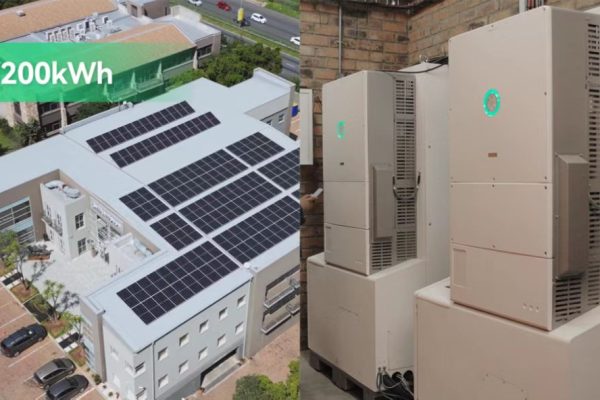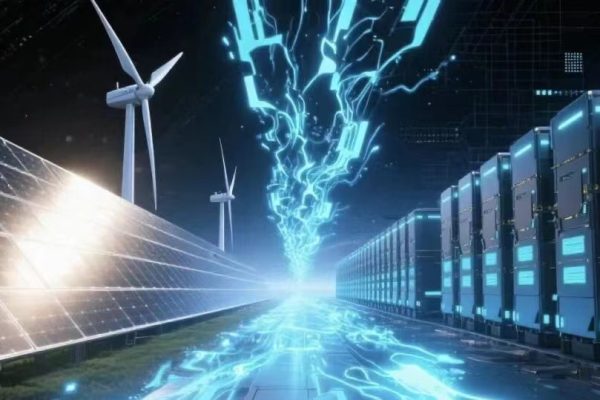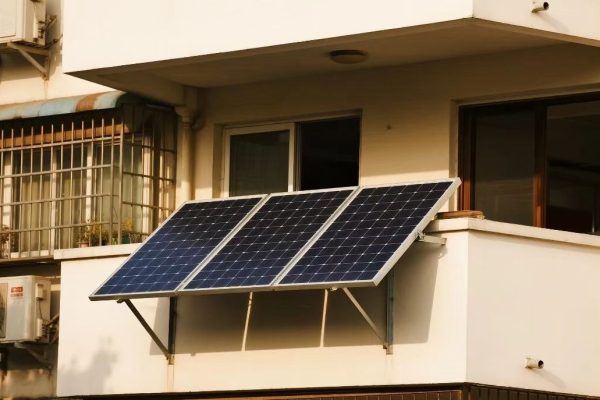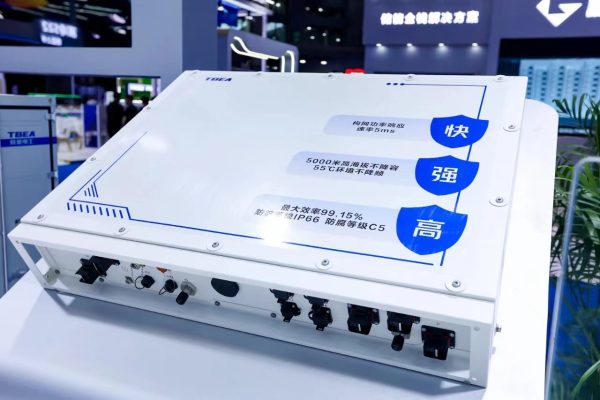Design trade-offs, integration pitfalls, and how to avoid expensive surprises
“All-in-one” solar + storage units — combining battery, inverter, EMS, and often PV input — are increasingly popular in residential and SME markets. On paper, they promise:
- Faster installation
- Simplified wiring
- Better aesthetics
- Factory-tested performance
But many projects using these integrated units run into serious problems after deployment. This article explores the common reasons why these systems fail in the field, and how integrators and exporters can select smarter.
1. Limited Thermal Management in Compact Enclosures
Problem: To save space, many units use small cabinets with poor airflow. Batteries, inverters, and MPPT circuits generate heat — especially in sunny regions.
What Goes Wrong:
- Frequent inverter shutdown due to overheating
- Battery lifespan reduction
- SOC misreporting due to thermal drift
✅ Tip: Look for units with active ventilation, internal heat separation, or clear derating specs at 40–50°C.
2. Weak BMS-EMS-Inverter Coordination
Problem: Many “all-in-one” units are built by hardware assemblers using third-party BMS and EMS platforms that aren’t truly integrated.
What Goes Wrong:
- Conflicting voltage cutoff rules
- State of Charge (SOC) errors
- Alarm loops or inverter lockouts
✅ Tip: Choose units where all control systems come from the same vendor or have a proven communication map (e.g., CAN + Modbus validated, firmware synced).
3. Overpromised Load Support Specs
Problem: Marketing claims like “5kW output” may refer to short burst capacity, not sustained output.
What Goes Wrong:
- System trips under real load (AC + fridge + pump)
- Voltage drops damaging appliances
- Negative user reviews
✅ Tip: Check continuous rated power, derating at 40°C, and inverter overload tolerance curves.
4. Inflexible Backup Configuration
Problem: Some all-in-one units cannot easily separate critical and non-critical loads, or support dynamic transfer to backup during outages.
What Goes Wrong:
- Customer assumes they’ll have full backup but only lights work
- System cannot operate in split-phase or 3-phase grid
- No seamless UPS switch
✅ Tip: Look for load port separation, automatic bypass, and off-grid start logic documentation.
5. Firmware Bugs & No Remote Update Options
Problem: Units with proprietary or closed software platforms often lack OTA (over-the-air) update capabilities.
What Goes Wrong:
- Inverter can’t adapt to updated grid codes
- EMS misbehaves with new firmware
- No easy way to patch bugs or change settings remotely
✅ Tip: Only choose systems that support remote firmware upgrades, or allow USB/manual flash with technician-level access.
6. No Local Compliance or Certification
Problem: The product is well-made, but lacks grid compliance (G98/G99, NRS097, UL1741, etc.).
What Goes Wrong:
- Failed inspections
- Grid-tie denied
- Installer stuck with non-returnable hardware
✅ Tip: Ask for country-specific test reports, not just “CE” or “TUV.” For Australia, South Africa, EU — compliance is often deal-breaking.
7. Poor Service Access or Spares Availability
Problem: One component fails (e.g., BMS board or PV input circuit), but the whole unit must be returned.
What Goes Wrong:
- Long downtime
- High shipping costs
- Frustrated customers and installers
✅ Tip: Choose units with modular design, diagnostics access, and clear spare parts supply (fans, boards, cables).
All-in-one storage systems can reduce installation time and simplify sales — but only when properly engineered. If you’re exporting, installing, or branding such units, do not focus on datasheets alone.
Take time to evaluate:
- Real thermal performance
- Control integration
- Backup and load logic
- Firmware update pathways
- Local compliance
- Post-sales support options
In the ESS market, success lies not in how the system looks on paper — but how it performs in a dusty room, under a 38°C sun, with kids turning on the aircon.









